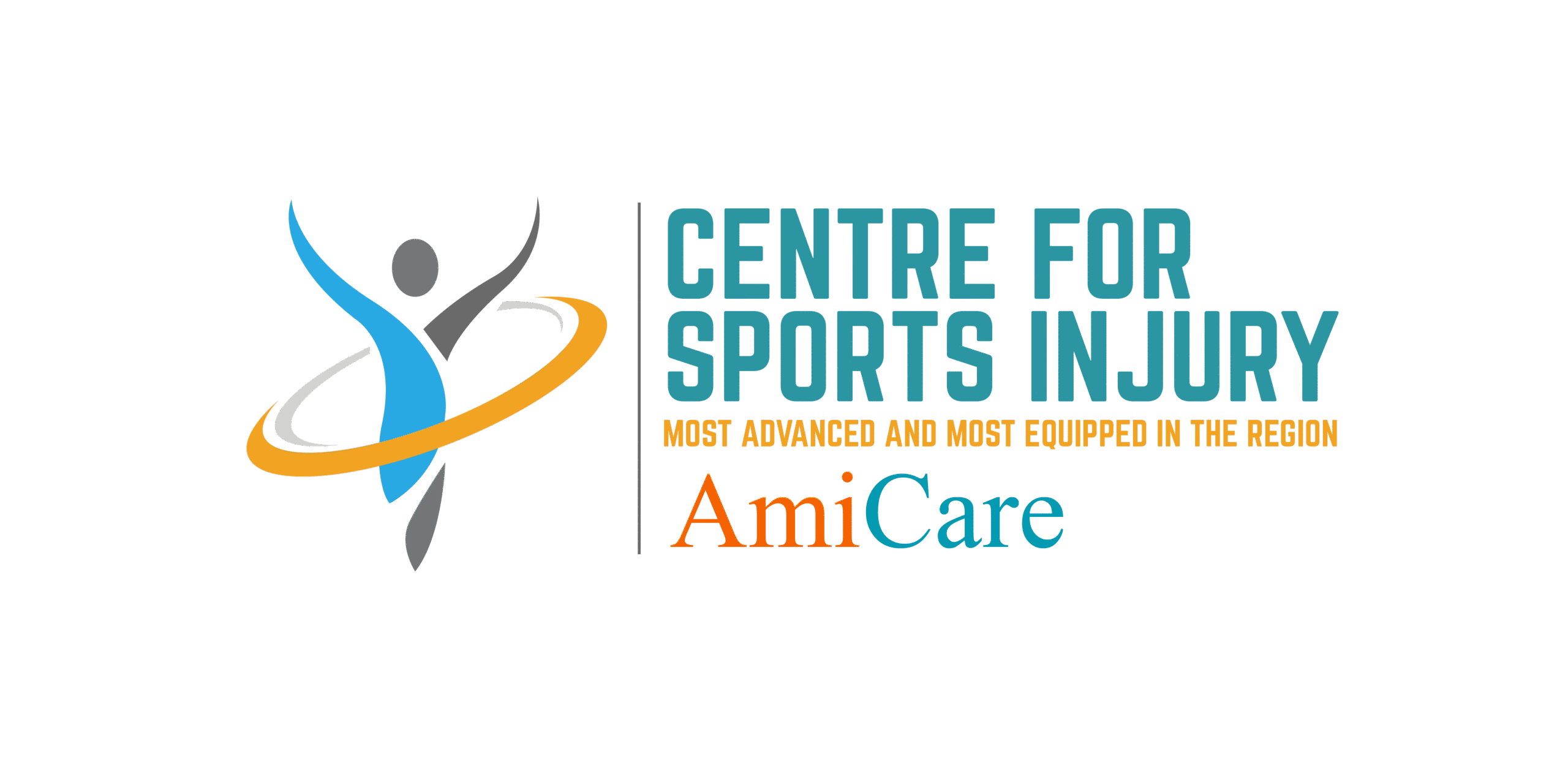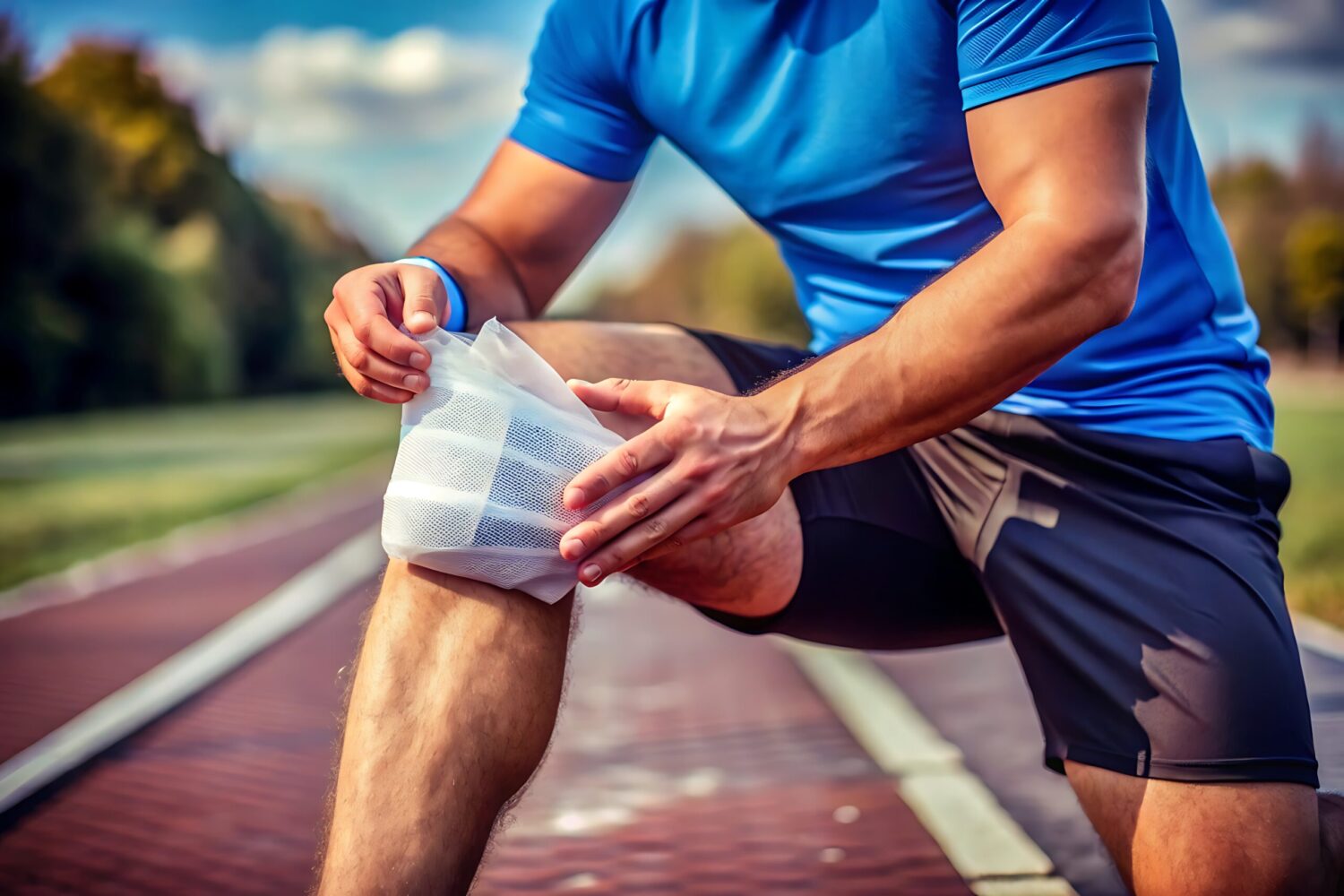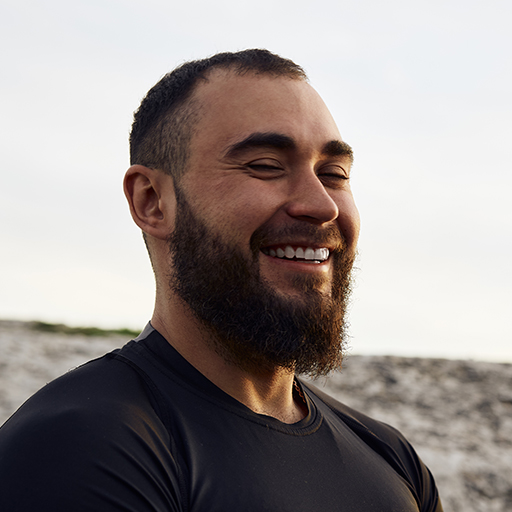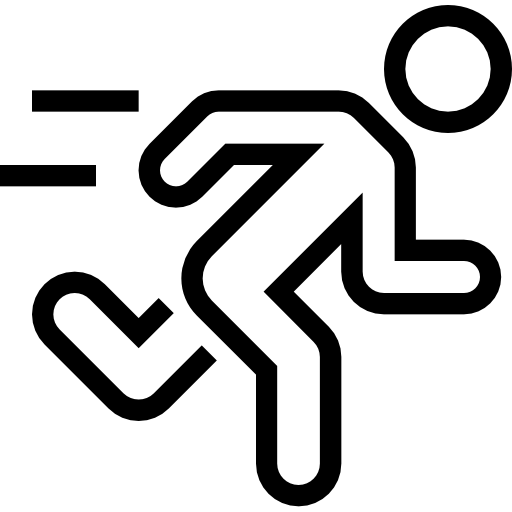Knee Ligament Injury
Best Hospital for Knee Ligament Injuries Treatment in Ghaziabad
Knee ligament injuries can stop athletes and active people from enjoying sports or daily
activities like running, turning, or jumping. Whether it’s an ACL tear or an MCL injury, Amicare
Hospital offers expert knee ligament injuries treatment in Ghaziabad to help you recover fast
and return to your passion. Led by Dr. Himanshu Gupta, an orthopedic surgeon with over 10
years of experience and training in Germany, Singapore, and Japan, our team has performed
over 1000 knee surgeries with a 95% success rate (Amicare data, 2018–2024). Using advanced tools like robotic surgery, we create custom treatment plans for athletes, sports persons, and
anyone seeking reliable knee ligament injury treatment.
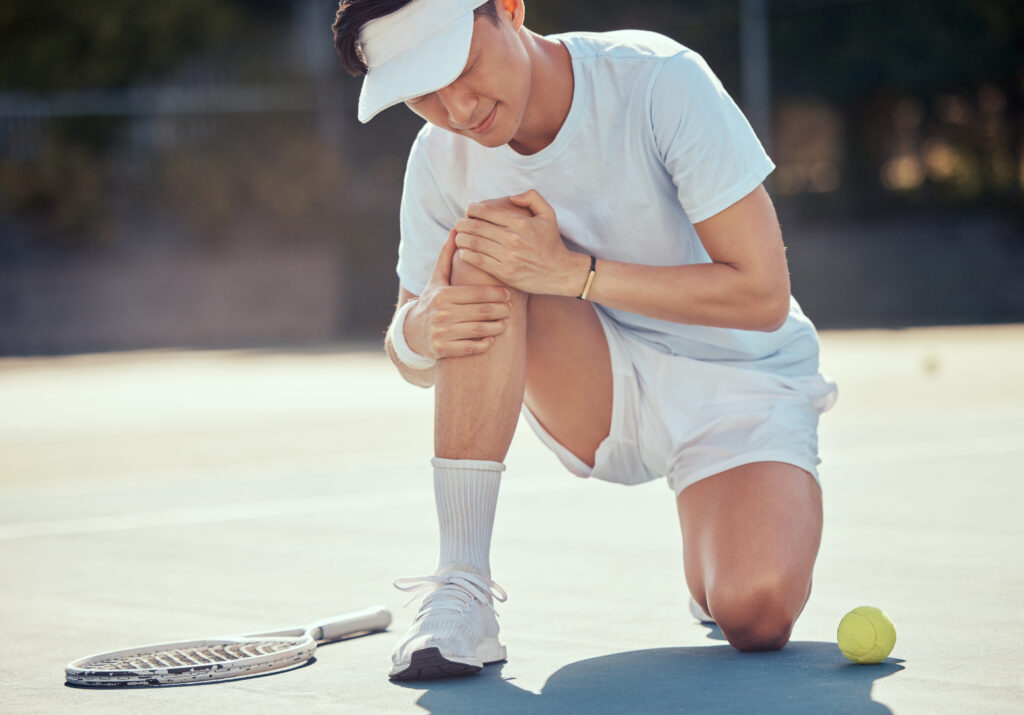
What are Knee Ligament Injuries?
Knee ligaments are tough bands that connect your knee bones, helping them stay stable during running, turning, or jumping in sports or daily activities. When these ligaments tear, it’s called a knee ligament injury, which can cause pain and make the knee feel weak. According to the American Academy of Orthopaedic Surgeons, around 200,000 ACL injuries occur each year, with athletes in sports like cricket, football, and basketball being at higher risk due to quick, sharp movements
Types of Knee Ligament Injuries
- ACL Tear (Anterior Cruciate Ligament): Common in sports like football or basketball, caused by sudden stops or turning. Often seen in football players during local matches.
- PCL Tear (Posterior Cruciate Ligament): Happens from direct knee impacts, like in rugby or car accidents.
- MCL Tear (Medial Collateral Ligament): Caused by side impacts, common in hockey or wrestling.
- LCL Tear (Lateral Collateral Ligament): Less common, from outward knee force in high-impact sports.
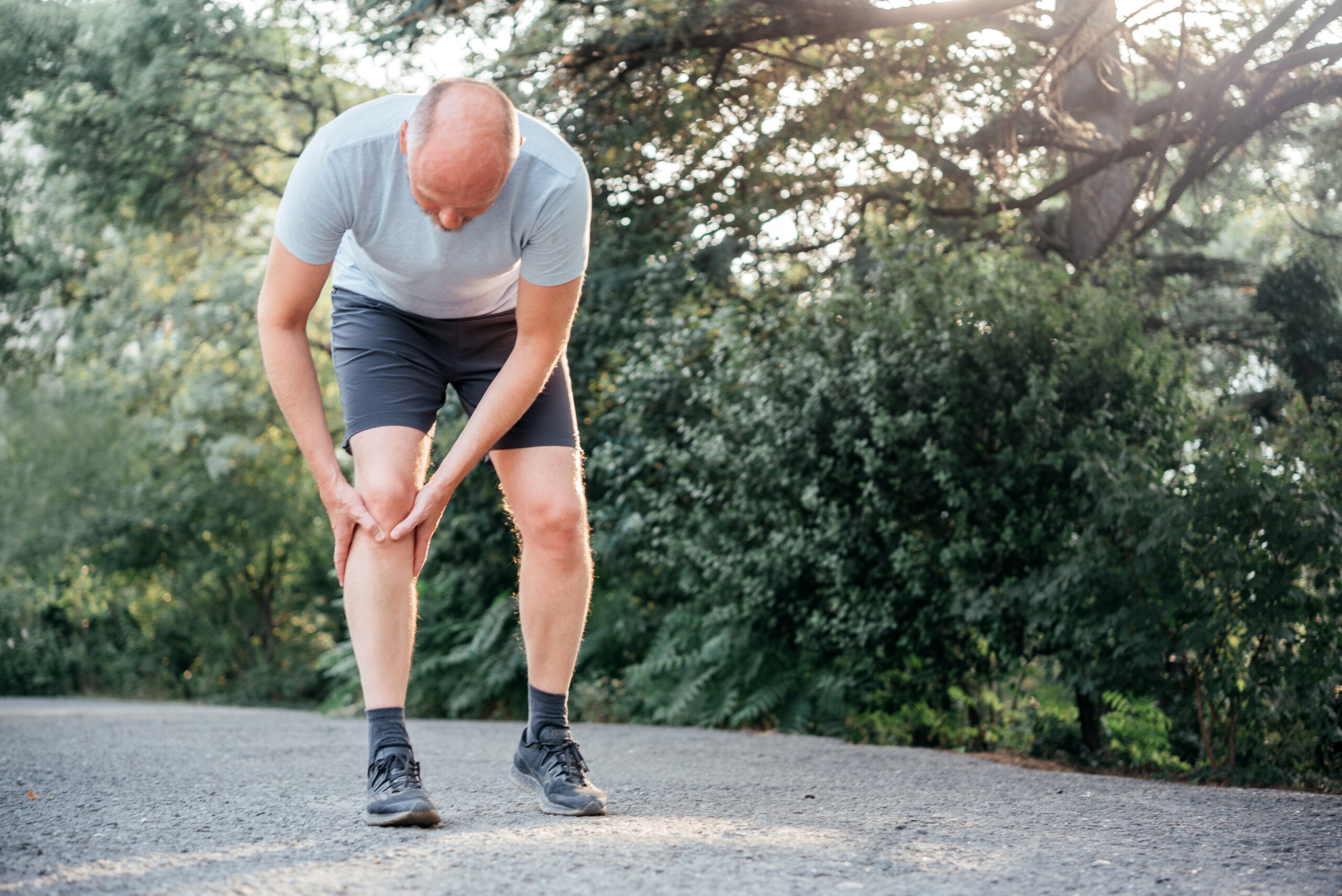
Notice the Signs Before It’s Serious
Know the signs of a knee ligament injury before it’s too late.

Sudden Knee Pain or Swelling
Sharp pain or noticeable swelling appears within hours after twisting, impact, or overextension.

A Sharp “Pop” Sound
Many people hear or feel a “pop” at the moment of injury—a key warning sign of ligament damage.

Instability in the Knee
The knee may feel like it could give way, making it hard to stand, walk, or change direction.
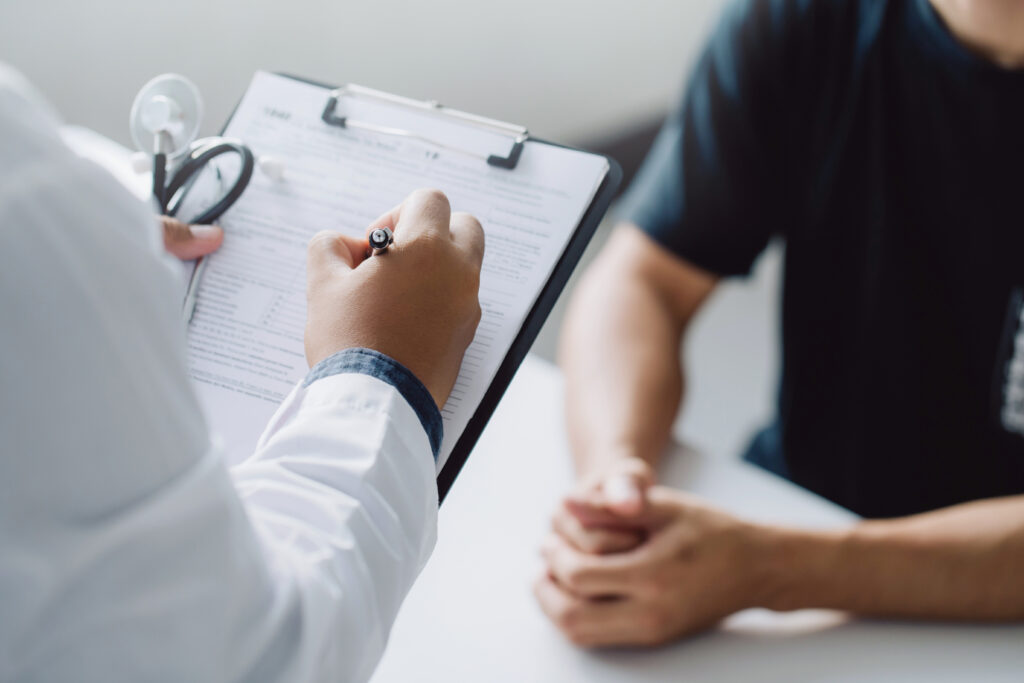
Diagnosis of Knee Ligament Injuries
At Amicare Hospital in Ghaziabad, we use a thorough process to diagnose knee ligament injuries:
- Medical History: Doctors ask about your sports, activities, or any accidents to understand how the injury happened.
- Physical Exams: Special tests, like the Lachman test, are used to check for ACL tears.
- Imaging: MRI scans reveal details of the tear, while X-rays help rule out fractures.
- Functional Tests: Knee stability is assessed to decide the best treatment plan.
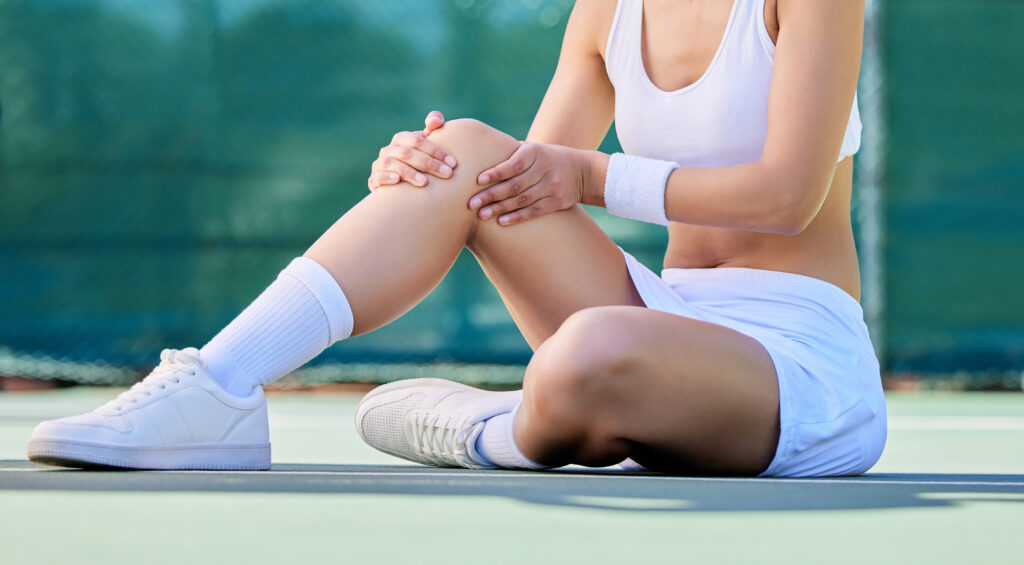
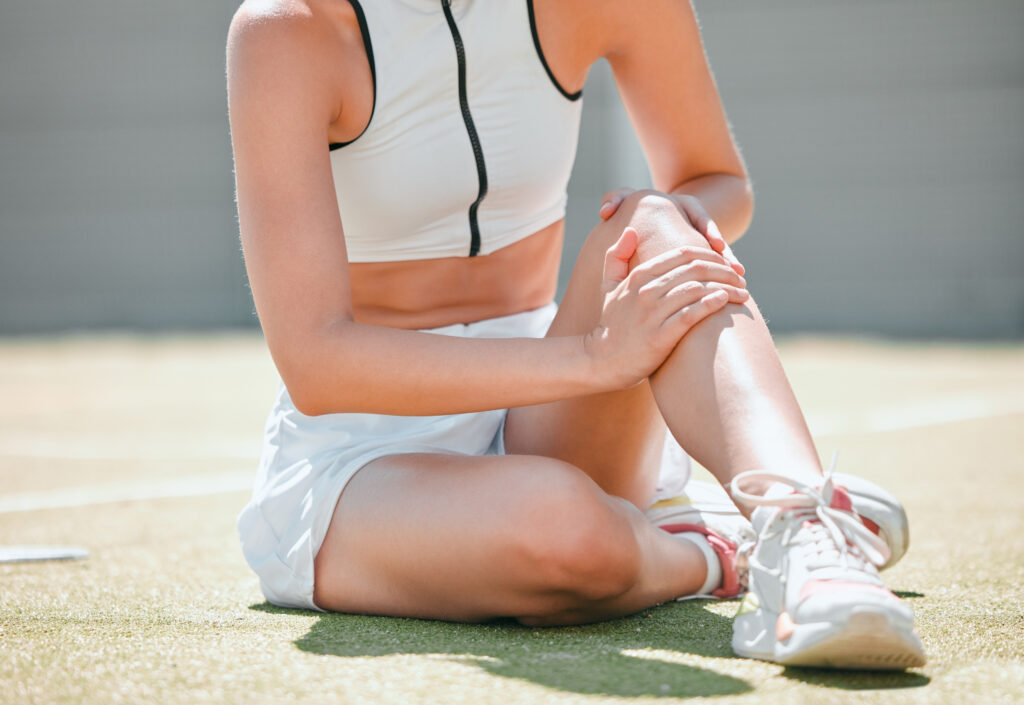
Risks of Delaying Treatment
Delaying treatment for a knee ligament injury can lead to:
- Ongoing pain, limiting sports or daily tasks.
- Unstable knee, increasing fall risk.
- Damage to cartilage or other knee parts.
- Early joint wear makes movement harder over time.
Treatment Options for Knee Ligament Injuries
Amicare offers custom knee ligament injuries treatment, including surgical and non-surgical options to suit athletes and active individuals.
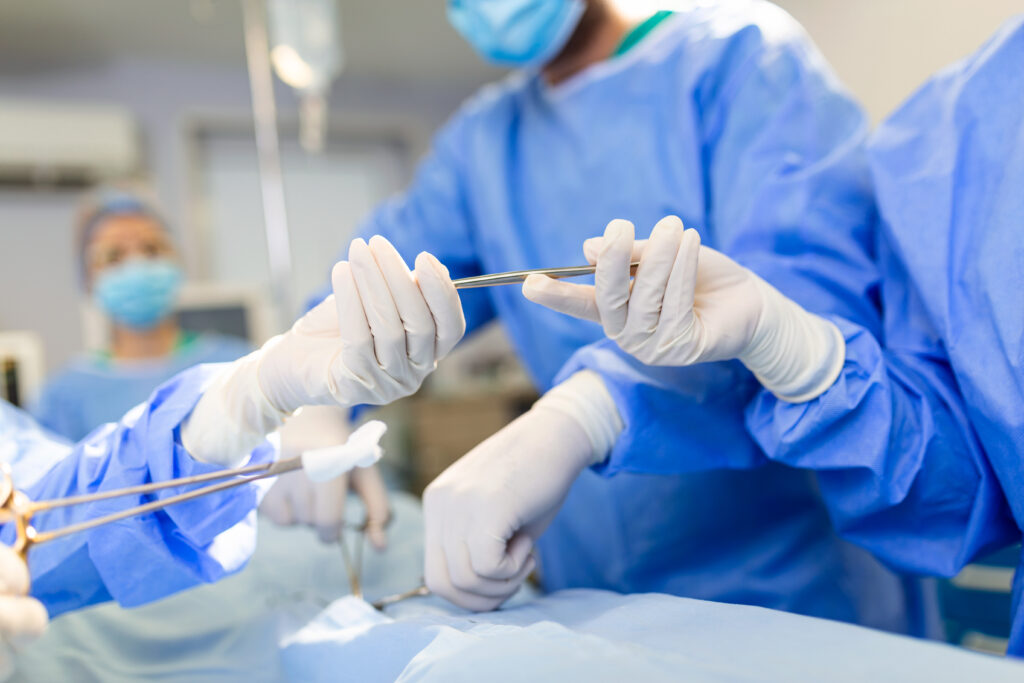
Surgical Treatment
- ACL/PCL Reconstruction: Replaces the torn ligament with tissue to restore stability. Ideal for athletes with complete tears.
- MCL/LCL Repair: Stitches the torn ligament for healing, best for younger patients.
- How It Works: Uses keyhole surgery with tiny cuts and a camera, lasting 1–2 hours. Patients are asleep or numbed.
- Results: 95% of Amicare patients return to sports in 6–12 months (Amicare data, 2018–2024).
- Risks: Low risks include infection (<1%) or stiff knee. Amicare’s clean methods and custom rehab plans keep risks low.
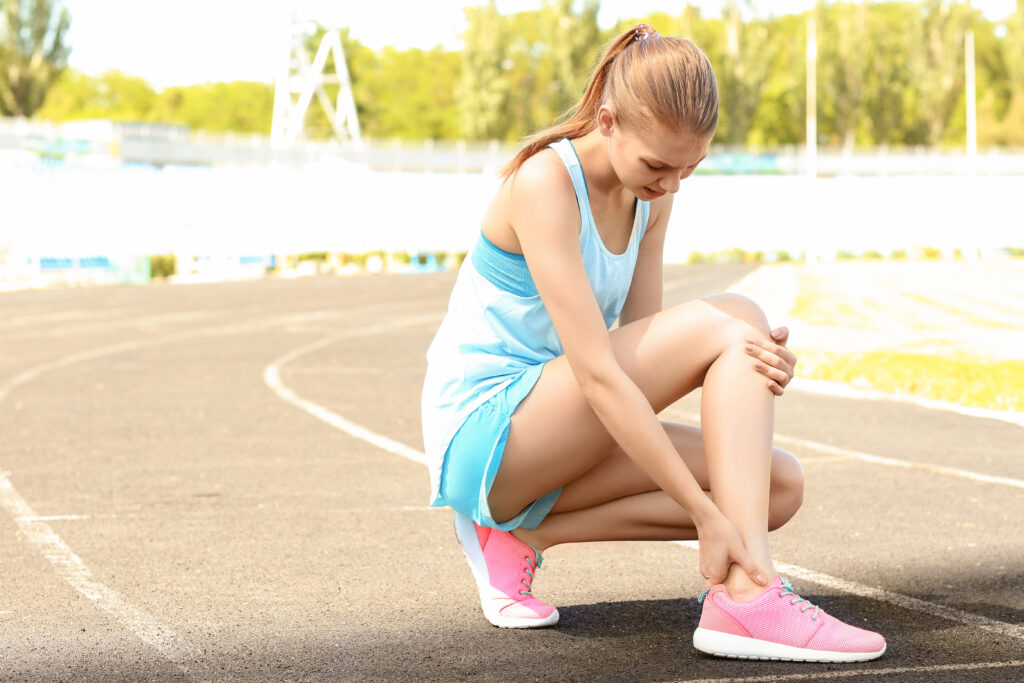
Non-Surgical Treatment
- Physical Therapy: Simple exercises to strengthen thigh and calf muscles, improving knee stability (use “knee ligament injury treatment exercises”).
- PRP Therapy: Special shots using your blood to help tissue heal, often paired with therapy.
- Bracing: Custom knee braces for support during light activities (use “knee support for ligament injury”).
- Rest and Ice: Reduces swelling and pain for minor tears
Comparison Table:
| Treatment | How It Works | Ideal Candidates | Recovery Time | Benefits | Limitations |
|---|---|---|---|---|---|
| ACL Reconstruction | Replaces a torn ligament | Athletes with complete tears | 6–12 months | Restores stability | Longer recovery |
| MCL/LCL Repair | Stitches ligament | Younger patients | 3–6 months | Preserves ligament | Not all tears are repairable |
| Physical Therapy | Strength exercises | Small tears, less active | 2–4 months | No surgery | May not suit sports |
| PRP Therapy | Healing shots | Mild tears | 1–3 months | Non-surgical | Less effective for severe tears |
| Bracing | Supports knee | Temporary relief | Varies | Instant support | Not for intense sports |
Recovery After Knee Ligament Treatment
Recovering from knee ligament injuries treatment at Amicare Hospital is straightforward with our
custom plans. Whether you had surgery or non-surgical treatment, our timeline below shows
how athletes and active people can get back to sports like football or running in 2–12 months,
depending on the injury.
Detailed Recovery Phases
- Weeks 1–2: Rest, ice, wrap, and raise the knee (RICE method); crutches for surgical patients.
- Weeks 3–8: Light walking and easy exercises to build strength
- Months 3–6: Strength exercises like leg presses for stability.
- Months 6–12: Sport-specific moves, like turning for cricket or tackling for football.
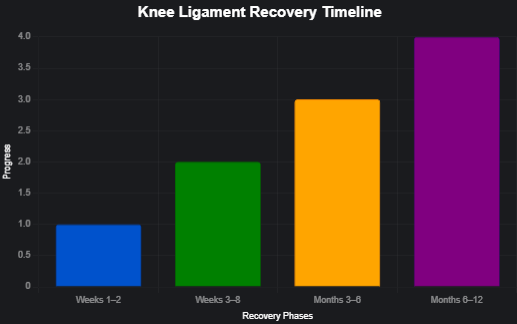
Why Athletes Trust Our Sports Injury Centre
Amicare Hospital is trusted by 750+ athletes across Delhi NCR for expert ACL reconstruction and sports injury care. With advanced facilities and a 98% success rate under the guidance of Dr. Himanshu Gupta, we help you return stronger, faster.

Cost of Knee Ligament Injuries Treatment
Knee ligament treatment costs vary based on injury type, treatment method, and hospital stay; Numed offers affordable, personalized treatment estimates.
The cost of treatment varies based on:
- Treatment Type: Surgical options like ACL reconstruction cost more than non-surgical care such as physical therapy.
- Surgery Method: Regular keyhole surgery vs. advanced robotic surgery.
- Hospital Stay: Typically 1–2 days for surgical patients.
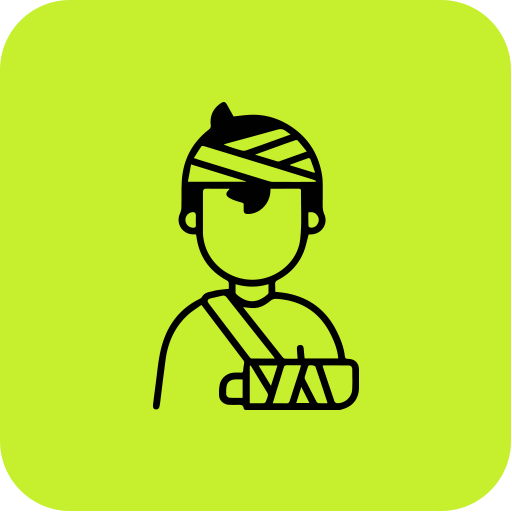
Injury Prevention Tips for Athletes
To prevent knee ligament injuries, warm up with dynamic stretches, strengthen supporting muscles through exercises like lunges and squats, and practice proper techniques for jumping, landing, and changing direction.
Warm Up: 10–15 minutes of leg swings, high knees, or light jogging before sports.
Build Strength: Squats, lunges, and leg presses to support knee stability.
Use Proper Technique: Safe landing and avoiding knee twists in quick moves.
Wear Supportive Shoes: Good grip and cushioning for field or court sports.
Eat for Recovery: Protein-rich foods and vitamin C sources for healing.
Rest Well: Space out intense activities to prevent overuse injuries.
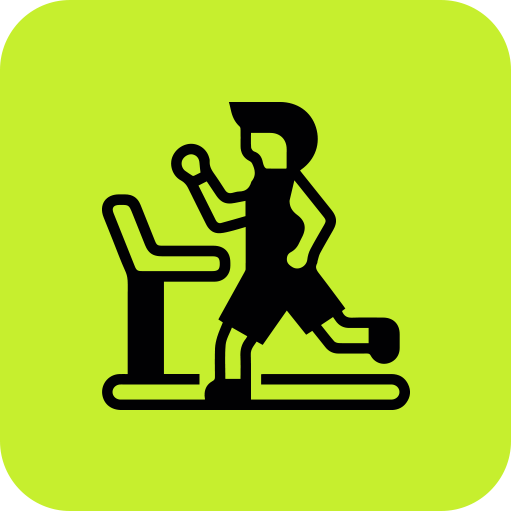
SAMPLE EXERCISE
Build knee ligament strength and stability with hamstring curls, single-leg balance drills, and controlled plyometric jumps to improve agility and prevent injuries.
Hamstring Curls – Strengthen the muscles that support your knee ligaments.
Single-Leg Balance – Enhance stability and protect against ligament strain.
Step-Ups – Build strength and control in the knee for better sports performance.

Cost of Knee Ligament Injuries Treatment
Knee ligament treatment costs vary based on injury type, treatment method, and hospital stay; Numed offers affordable, personalized treatment estimates.
The cost of treatment varies based on:
- Treatment Type: Surgical options like ACL reconstruction cost more than non-surgical care such as physical therapy.
- Surgery Method: Regular keyhole surgery vs. advanced robotic surgery.
- Hospital Stay: Typically 1–2 days for surgical patients.

Injury Prevention Tips for Athletes
To prevent knee ligament injuries, warm up with dynamic stretches, strengthen supporting muscles through exercises like lunges and squats, and practice proper techniques for jumping, landing, and changing direction.
Warm Up: 10–15 minutes of leg swings, high knees, or light jogging before sports.
Build Strength: Squats, lunges, and leg presses to support knee stability.
Use Proper Technique: Safe landing and avoiding knee twists in quick moves.
Wear Supportive Shoes: Good grip and cushioning for field or court sports.
Eat for Recovery: Protein-rich foods and vitamin C sources for healing.
Rest Well: Space out intense activities to prevent overuse injuries.

Sample Exercises
Build knee ligament strength and stability with hamstring curls, single-leg balance drills, and controlled plyometric jumps to improve agility and prevent injuries.
Hamstring Curls – Strengthen the muscles that support your knee ligaments.
Single-Leg Balance – Enhance stability and protect against ligament strain.
Step-Ups – Build strength and control in the knee for better sports performance.
Frequently Asked Question
Symptoms include knee pain, swelling within 24–48 hours, a “pop” sound, an unsteady knee, or
trouble bending. Amicare’s diagnostics confirm the injury accurately.
Recovery ranges from 2–4 months for non-surgical options to 6–12 months for surgery,
depending on the ligament (e.g., ACL, MCL) and treatment type.
Small tears may heal with rest, ice, physical therapy, or bracing. Amicare’s experts assess your
injury for the best non-surgical plan.
Costs vary based on treatment (e.g., ACL reconstruction vs. therapy) and method (robotic vs.
regular surgery). Contact Amicare for a free cost estimate.
ACL reconstruction is ideal for athletes with complete tears, while physical therapy suits smaller
tears. Amicare offers personalized ACL injury treatment.
Simple exercises like leg raises and squats strengthen thigh and calf muscles, improving
stability. Amicare’s therapists create custom plans.
Warm-ups, strength exercises, proper sports techniques, and supportive footwear reduce risk.
